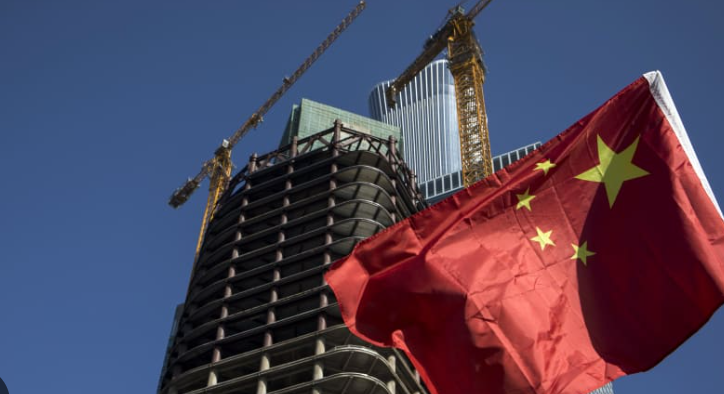#China #EconomicReform #XiJinping #RealEstateCrisis #HighQualityDevelopment #TechInnovation #ConsumerSpending #SocialistMarketEconomy
The Third Plenum, a pivotal event that outlines China’s economic agenda for the next five years, recently concluded with significant declarations from President Xi Jinping. Despite the global community’s anticipation for drastic measures to reinvigorate the nation’s economy, particularly in boosting demand and addressing the property downturn, the outcomes suggested a continuation of a cautious approach. Xi’s emphasis on “deepening reform” and tackling the burgeoning issues of real estate and local government debt, while paving the way for “high-quality development,” indicates a strategic shift away from the aggressive stimulus-driven growth models of the past. This new direction underscores a preference for sustainable advancement, focusing on elevating technological independence and fortifying the socialist market economy against external pressures, such as international trade tensions exacerbated by China’s bolstering exports.
The Plenum’s resolutions seem to embrace a comprehensive framework aimed at asserting technological sovereignty and stimulating the economy through advanced manufacturing. This move, albeit offering scant immediate solace for the debilitated consumer spending sector, aligns with Xi’s long-term vision for a resilient and self-reliant China. The central message reiterates the leadership’s commitment to quality over quantity in economic growth, foreshadowing a departure from the fast-paced, but often precarious, expansionary tactics of previous decades. Furthermore, the dialog encapsulates a nuanced strategy to navigate the intricate web of geopolitical economics, with a focus on becoming more immune to adversarial trade policies, especially from the United States and the European Union.
Compellingly, the Plenum’s discourse extended beyond economics, delving into areas of national security, social well-being, and defense modernization, with each component being integral to China’s overarching modernization and global standing objectives. Notably, the absence of significant discussion on immediate remedies for the real estate sector’s woes or aggressive economic stimuli may signal a tempered, albeit strategic, outlook on tackling immediate financial crises. This stance appears to align with a broader, more holistic approach to reform, integrating socio-economic stability with national security and global competitiveness.
In essence, the Third Plenum showcased China’s intricate balancing act between fostering an environment conducive to high-quality development and addressing the urgent challenges that impede its economic and social fabric. While the immediate market reactions might reflect a mix of skepticism and anticipation, the undercurrents of this significant political gathering hint at a profound, albeit gradual, reconfiguration of China’s developmental trajectory aimed at realizing a resilient socialist market economy by mid-century. As China positions itself on this cautiously optimistic pathway, the global economic landscape watches attentively, gauging the implications of this strategic recalibration on international trade, market stability, and geopolitical dynamics.







Comments are closed.